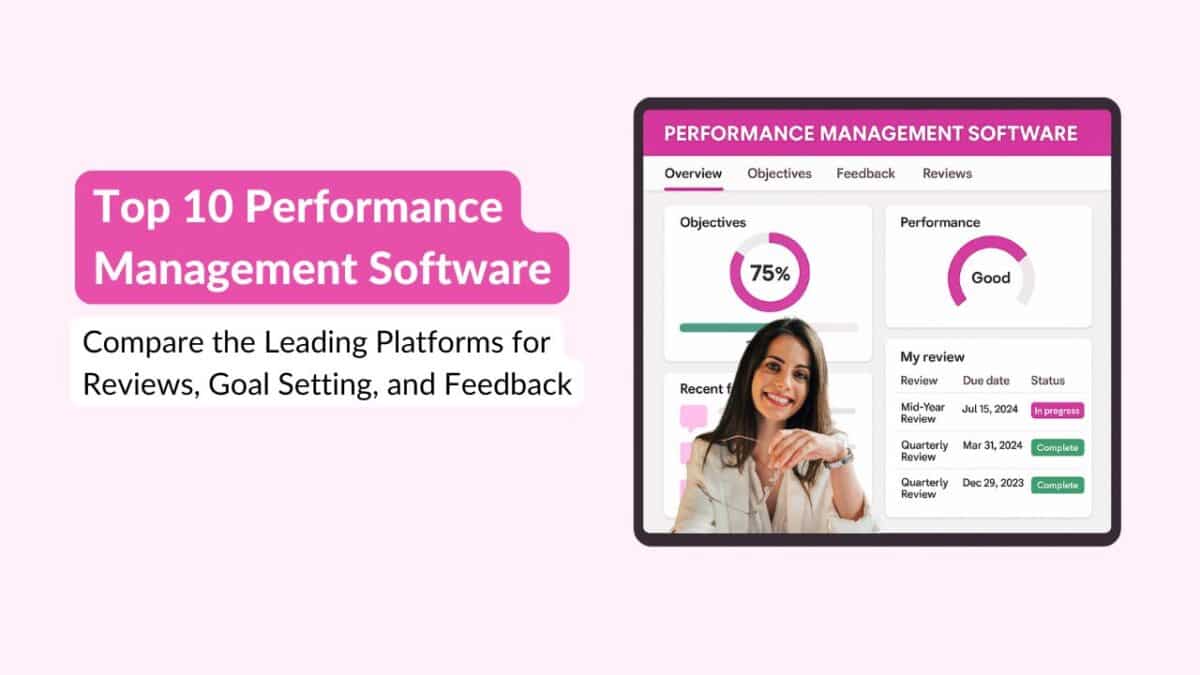As restrictions are being lifted across the world and people are slowly transitioning back to work, regular work life is forthcoming for many. Businesses that have been struggling with social distancing, isolation, remote working and so on, will finally be able to resume functions, though normalcy will take a little more time.
A lot of businesses are now trying to strategize about how they can seamlessly transition employees back to an office-going routine without disrupting the functioning of the system or hampering employee wellbeing. It’s important to take utmost care because, if things go wrong while on the transition process, it can cost a company dearly.
So, for a safe shift over, here are few essential things that you need to consider, if you are looking to open up your company doors to your employees anytime soon.
Return in phases
This point is highly essential if you wish to plan the comeback meticulously. Seating will have to be limited, and everyone has to maintain social distancing. So, you could plan on bringing workers back to work in batches. The first lot of employees should consist of only the essential workers. You can color code your floors and departments, mark those spaces that need to remain vacant. That way, your initial shift process will be easy.
Screen employees at entrance
With the coronavirus at large, more and more companies have been implementing screening of employees at the entrance. As a compulsory procedure, your screening process should include questions about recent travels and health symptoms. This step is necessary for the safety of all your employees and for the organization as a whole.
Also read: Chasing Goals When Motivation Is Low
Plan physical distancing and employee density
Reopening business does not mean all restrictions are lifted as well. All organizations will have to maintain certain level of restrictions. Social distancing has to be maintained at a meticulous level, but besides that, you will also have to make sure the number of employees present in the office space is not very high. It has to be significantly sparsely populated. To top that, it’s important for you to make sure there are no large gatherings of employees taking place anywhere on the premises.
Work in shifts
If you have to have a significant number of employees back in office for smooth functioning, you might want to consider making them work on shifts. That way you will be able to maintain the employee density and the norm of social distancing.
Maintain isolation cells
In case at any point of time an employee starts showing symptoms of being ill, you would not want to have the employee present on the floor amidst others. Your first step should be to isolate them. While designating these isolation rooms, you need to make sure it’s an enclosed room. These spaces need special cleaning protocols, ventilation or negative air pressure so that it can contain the spread of the infection.
Follow cleaning and safety protocols
Now that we know that COVID-19 can be kept at bay with rigorous cleaning routine, you would require to be inconstant communication with the administrative and the support team. They should follow a strict cleaning and hygiene routine while the employees should also be communicated which space is assigned to them and that they should cooperate with the cleaning staff at all times.
Break-out and canteen area
In the area of food services, staff should follow the protocol of reduced hours, limited items, and definitely, no cash sales. They can even adhere to pre-packed items that people can just pick-and-go. You need to be especially cautious about the office coffee maker and the water dispensers. They can become a point of contact and transmission. You would not want to take such risks.
Also read: Things To Consider When Recognizing Remote Employees
Given all of these things to consider, now more than ever, we need to use common sense in order to plan and strategize in a manner that suits everyone. We would recommend that you continue to allow non-essential employees to work remotely for the time being. Be compassionate and perceptive and take time to decide. While the world is struggling to rotate back to normal, you need to do your part to make sure, it does get back to normal again.
Engagedly is offering a suite of products part of its Remote Work Toolkit free to any organisation, until Sept 30th, 2020.
The Coronavirus has affected the way we work today and for months to come. Unprecedented events require unprecedented measures. We at Engagedly believe it is our responsibility as socially conscious corporate citizens to help equip organisations with additional tools and resources during this time of crisis.
Get in touch with us to know more about the free remote working tool-kit.
shifts
Author
Srikant Chellappa
CEO & Co-Founder of Engagedly
Srikant Chellappa is the Co-Founder and CEO at Engagedly and is a passionate entrepreneur and people leader. He is an author, producer/director of 6 feature films, a music album with his band Manchester Underground, and is the host of The People Strategy Leaders Podcast.






